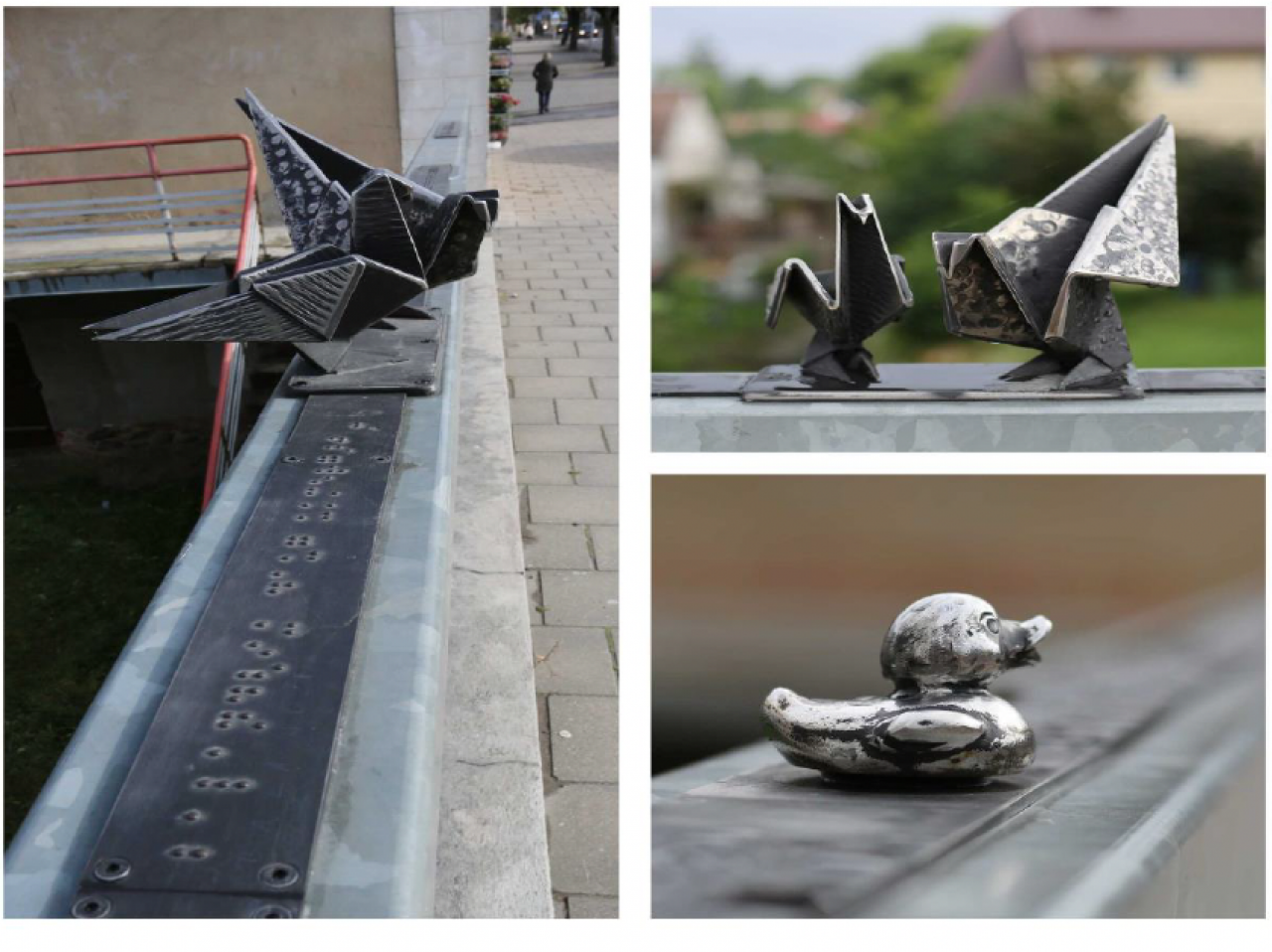
In this article, Lia Ghilardi, URBACT ad-hoc Expert & Director Noema Culture and Place Mapping (UK), summarises the main findings of the KAIRÓS thematic workshop on social cohesion which took place on 5 and 6 October 2021.
The Scottish biologist and town planner Patrick Geddes famously said: “A city is more than a place in space, it is a drama in time”. For him, place (a town or a city) is an open and constantly changing human artefact culturally constructed by the narratives of the people who live there through their daily habits, routines, perceptions, likes, dislikes and other socio-cultural practices. In each case, institutions and styles of governance (the hardware of the city) are shaped and reshaped by the interactions between people, place and time. Thus, when we talk of heritage we need to see it as a deeply connected part of a distinctive cultural ecosystem that is never static, but in constant movement.
Yet, even today, in a society in transformation under pressure from economic, social, health, and climate crises, heritage is seen by some as having intrinsic and fundamental values which the professionals who are involved in assessing and managing heritage should closely preserve. Furthermore, the weight of authority given to heritage professionals often gives the impression that the process of improving access to heritage is simply one of ‘helping’ outsiders to uncover certain values that already exist (fixed and unquestioned) in an object, place or practice.
The KAIRÓS Network and associated projects take a different perspective and see heritage as a driver for both urban and human development at the same time. The ambition is to test fresh approaches and innovative policy frameworks, which understand heritage as a tool for engaging communities in a dialogue between past and present, involving buildings, complexes, and spaces that have a symbolic or practical significance first and foremost for those who live, work, or visit a place.
KAIRÓS projects and events prove the point that cultural heritage can be an inspiring resource even though it can sometimes be conflictual, dealing as it does with several different time scales and overlapping levels of belonging and identity. The Network’s efforts are about showing how heritage lives in the present and how is received, practised and consumed by people today.
The approach we have taken for the 4th Thematic Workshop on accessibility and social cohesion is to work with the principle that heritage can be a catalyst for creativity and innovation, and a resource for people and communities to find common ground for rebuilding their future in a more inclusive way, especially in post pandemic times. It starts from the assumption that abandoned or underused official and/or cultural heritage sites are not just a problem that needs a solution (besides there never is just one solution), but a major opportunity for engaging communities in order to co-create alternatives that can ultimately make places more liveable, healthier, sustainable and attractive to visitors and investors alike.
Please read the full report here.

